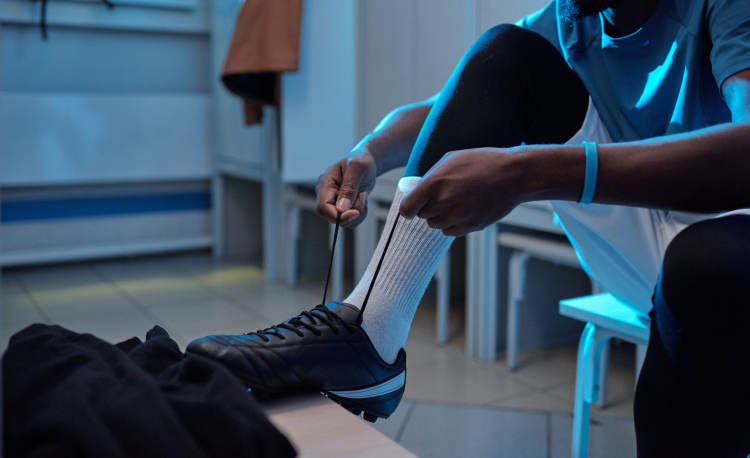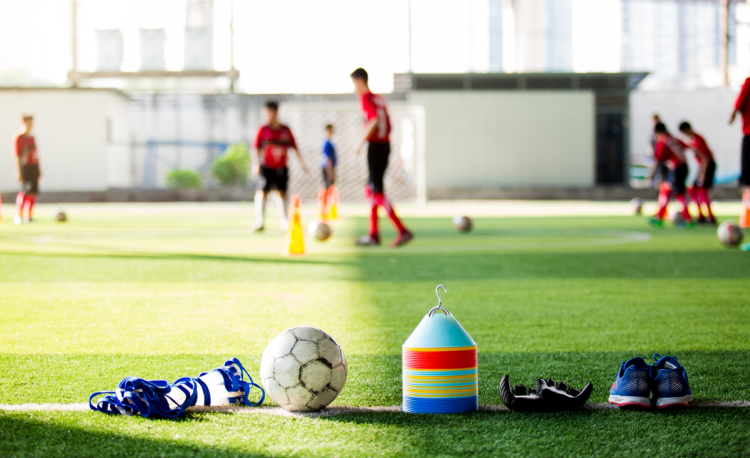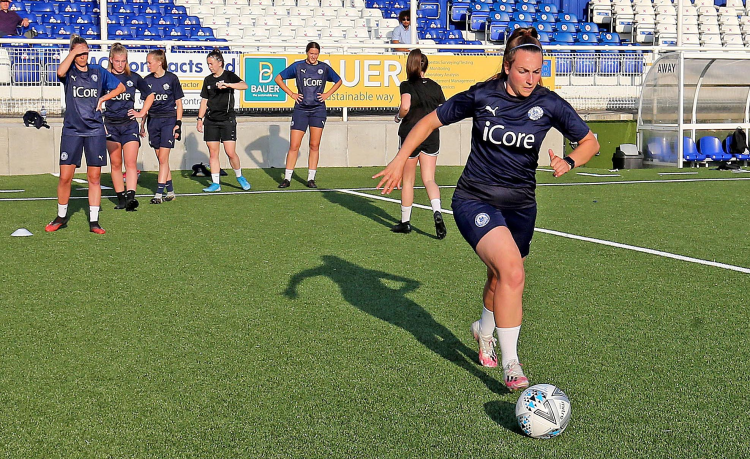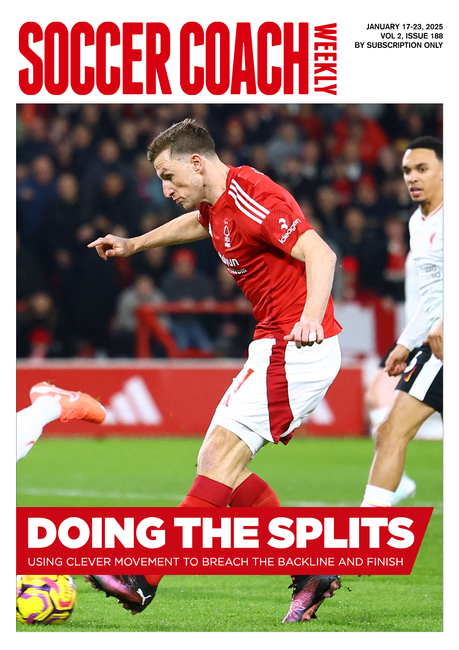Pre-season: FAQs
We answer your frequently asked questions around preparing for a new campaign.
When does pre-season take place?
Pre-season is the training period that occurs directly before the regular season begins.
What is the aim of pre-season?
Pre-season is about players reconnecting with the game, reconditioning their bodies and getting their muscles and neural pathways used to playing and moving in the football way again.
For clubs and coaches, it’s about catching up and setting out a blueprint for the coming season.
How long should pre-season be?
The length of the pre-season period can vary, but it is usually between four and six weeks.
How many sessions a week should take place during pre-season?
This is dependent on your context and the age and stage of your players. As a general rule of thumb, it is a good idea to run the same amount of sessions per week as you do during the season.
You could think of this as one session a week, if you train once, or perhaps two sessions a week if you train once and play once during the season.
If you are going to run more than one session a week, try to build up to it to allow players to ease back into training.
How long should a session be?
Again, this is dependent on your context, but most pre-season sessions should be anywhere between one and two hours long.
As with the amount of sessions, consider matching the length to the duration of the sessions you run during the season.
Also, consider building up the length of sessions – perhaps going from one hour in the first couple of weeks, to one and a half hours in the second couple, and two hours per session in the final weeks.
What should I include in a session?
Sessions should be about getting players moving and used to the game again, so lots of ball-rolling time and game-based play.
Players will likely have done some physical activity over the break, but it will still be an adjustment coming back to training, so pay particular attention to the warm-up and cool-down elements of the session.
Should we play friendlies?
Friendlies are a great idea, particularly as you get towards the end of pre-season; they allow players to get used to a gameday environment again. Make sure that’s your focus, though – the results aren’t important.
What if all of my players don’t show up to the sessions?
Given the timing of pre-season, that’s very likely – many players may be on holiday or have other commitments.
It is important to remember this and consider how it fits with your environment and what you ask of players. Also, remember that the more advanced notice you give people, the more likely you are to get them there.
What if my players come back unfit?
It is important to remember that your players will have different levels of fitness anyway, particularly when they are young, growing and finding their sporting feet.
Whatever level of fitness they have, it’s not about judging or punishing them, or feeling you need to ‘get them ready’.
Rather, it’s about giving them the opportunity to improve their fitness through the pre-season sessions, should they wish to.
How much tactical stuff should we do?
This is another one that depends on age and environment. The older your team is, you may want to start feeding in some tactical elements through pre-season.
Any other top tips?
- Consider the weather, which is often very hot, and the pitches, which are often very hard, and think about how best to manage that. Ensure lots of breaks and chances to hydrate and advise players on appropriate footwear.
- Players may come in new boots they have bought in the off-season – but, if they’re not careful, these can cause blisters or other problems. Suggest they wear their old boots for a while as they break the new ones in.
- Remember to keep planning for the next season while pre-season is ongoing, so you are not caught out when the first week comes!
Related Files
Coaches Testimonials

Gerald Kearney, Downtown Las Vegas Soccer Club

Paul Butler, Florida, USA

Rick Shields, Springboro, USA

Tony Green, Pierrefonds Titans, Quebec, Canada
Pre-Season Training
Discover the simple way to become a more effective, more successful soccer coach
In a recent survey 89% of subscribers said Soccer Coach Weekly makes them more confident, 91% said Soccer Coach Weekly makes them a more effective coach and 93% said Soccer Coach Weekly makes them more inspired.
*includes 3 coaching manuals
Get Weekly Inspiration
All the latest techniques and approaches
Soccer Coach Weekly offers proven and easy to use soccer drills, coaching sessions, practice plans, small-sided games, warm-ups, training tips and advice.
We've been at the cutting edge of soccer coaching since we launched in 2007, creating resources for the grassroots youth coach, following best practice from around the world and insights from the professional game.







